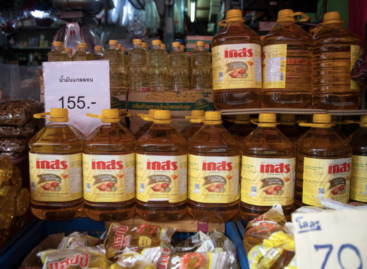Are the less well-off really poor?
Join us in a myth hunt! Each month Trade magazin and GfK Hungária Market Research Institute examine a statement popular in the field of retail, to decide whether it stands or not.
In part two we try to find out whether the less well-off are really poor and we set out to examine how many companies and brands make a great effort to get to know this heterogeneous group and serve its changing needs. In retail there is a general approach concerning ‘poor’ people: they only matter as a target group because there are many of them. At the moment 30 percent of Hungary’s population is considered poor, people who earn less than HUF 80,000 per month or in the case of a family of four slightly above HUF 200,000. It is important that the majority of these sums is spent in the FMCG sector. János Kui, sector manager, GfK Hungária: According to GfK Hungária’s latest Shopping Monitor 2010/2011, those asked found price reductions and promotions important but it is even more interesting that this factor is only the 11th most important in deciding where to go shopping. Let us not forget though that the latter statement refers to promotion campaigns and not the general price level.
Péter Sári, innovation manager, GfK Hungária: It is worth building a brand for the less well-off as long as their demands are taken into consideration. Retail analysis research by GfK Hungária shows that the proportion of private label products stopped growing and in the case of certain store groups it started falling. One of the reasons is economic recession: nobody likes to feel poor and when hard times come consumers buy fewer high-status products, at the same time trying to switch to basic products which give them a higher sense of value. This is the reason why several manufacturers come out with second or third brands, offering a brand experience at lower prices. This is a serious attack against private label products, to which retail chains react with second-line private labels – products with a stronger sense of brand, in more colourful packaging. The battle is on!
Related news
Related news
Corporate leaders’ commitment to sustainability at record level
According to the latest data from the K&H Sustainability Index,…
Read more >FAO food price index rose slightly in June due to higher prices of meat, dairy products and vegetable oils
The Food and Agriculture Organization of the United Nations (FAO)…
Read more >What can cause the price of a wine to increase tenfold?
There are fewer of them worldwide than the number of…
Read more >



